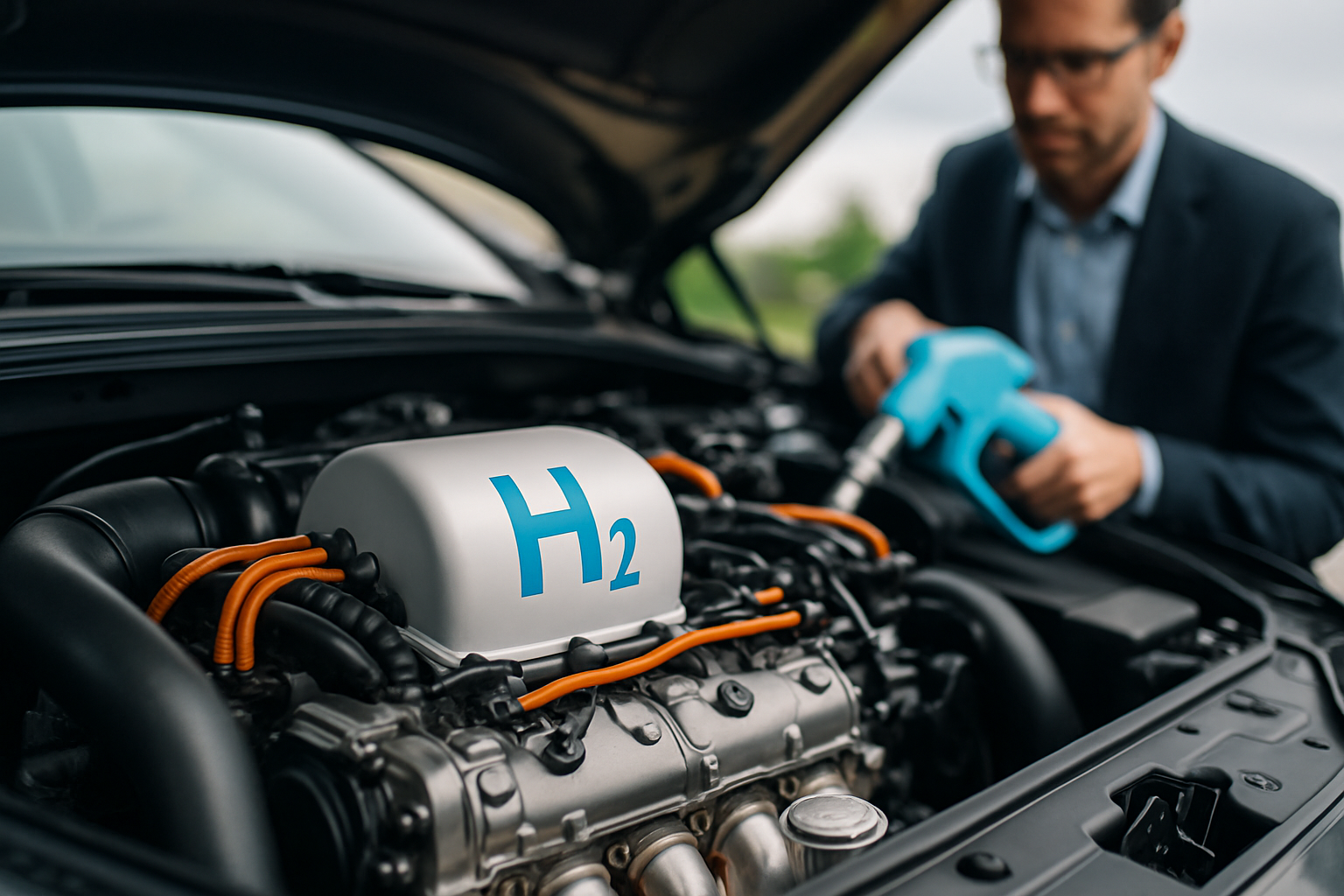Hyundai Palisade: A Comprehensive Overview of the Modern Three-Row SUV
The Hyundai Palisade stands as a prominent three-row SUV in today's competitive market, offering families a blend of space, technology, and reliability. Since its introduction, this vehicle has garnered attention for its spacious interior, modern features, and competitive positioning against established rivals. Understanding the Palisade's key characteristics helps potential buyers make informed decisions about whether this SUV meets their specific needs and preferences.

The automotive landscape has witnessed significant evolution in the three-row SUV segment, with manufacturers striving to balance functionality, comfort, and style. The Hyundai Palisade represents the brand’s flagship SUV offering, designed to accommodate growing families while delivering contemporary amenities and dependable performance. This comprehensive examination explores the vehicle’s various aspects, from its visual appeal to its practical capabilities.
Exterior Design and Styling
The Palisade’s exterior design reflects Hyundai’s modern design philosophy, featuring bold lines and a commanding presence on the road. The front fascia incorporates a distinctive grille design that creates visual width, while LED lighting elements provide both functionality and aesthetic appeal. The vehicle’s proportions emphasize its three-row capability, with a longer wheelbase that contributes to interior space without compromising maneuverability.
Side profile elements include flowing lines that connect the front and rear sections, creating visual continuity. The rear design features horizontal elements that emphasize the vehicle’s width, while the tailgate design facilitates easy cargo access. Available wheel options range from standard alloy designs to larger premium configurations that enhance the overall appearance.
Performance and Driving Dynamics
Under the hood, the Palisade typically features a V6 engine that provides adequate power for daily driving and highway cruising. The powertrain delivers smooth acceleration suitable for family transportation needs, while the transmission system ensures refined shifting characteristics. All-wheel drive capability is available for enhanced traction in various weather conditions.
The suspension system balances comfort and control, providing a composed ride quality that passengers appreciate during longer journeys. Steering responsiveness remains appropriate for the vehicle’s size category, offering predictable handling characteristics. Fuel efficiency figures reflect the vehicle’s size and weight, with ratings that remain competitive within the three-row SUV segment.
Safety and Driver Assistance
Safety remains a priority in the Palisade’s design, with multiple airbag systems and structural reinforcements contributing to occupant protection. Advanced driver assistance technologies are typically included, featuring systems that help monitor blind spots, provide collision warnings, and assist with lane keeping. Adaptive cruise control functionality helps reduce driver fatigue during highway travel.
Additional safety features may include automatic emergency braking, rear cross-traffic alert, and parking assistance systems. These technologies work together to create a comprehensive safety package that addresses various driving scenarios. The vehicle’s size and elevated seating position also contribute to driver visibility and awareness.
Comparison Table: Hyundai Palisade vs. Key Competitors
| Vehicle Model | Starting Price | Seating Capacity | Engine Type | Fuel Economy (Combined) |
|---|---|---|---|---|
| Hyundai Palisade | $35,000-$48,000 | 8 passengers | 3.8L V6 | 22-24 mpg |
| Honda Pilot | $38,000-$51,000 | 8 passengers | 3.5L V6 | 23-25 mpg |
| Toyota Highlander | $36,000-$50,000 | 8 passengers | 3.5L V6/Hybrid | 24-36 mpg |
| Chevrolet Traverse | $34,000-$46,000 | 8 passengers | 3.6L V6 | 21-23 mpg |
| Ford Explorer | $37,000-$55,000 | 7 passengers | 2.3L Turbo/3.0L Twin-Turbo | 21-24 mpg |
Prices, rates, or cost estimates mentioned in this article are based on the latest available information but may change over time. Independent research is advised before making financial decisions.
Hyundai Palisade Cost
The Palisade’s pricing structure reflects its positioning as a premium three-row SUV within Hyundai’s lineup. Base trim levels typically start around $35,000, while fully equipped variants can reach approximately $48,000. These price points include various feature packages and option combinations that affect the final cost.
Ownership costs extend beyond the initial purchase price, encompassing factors such as insurance premiums, maintenance expenses, and depreciation rates. Insurance costs for three-row SUVs generally reflect their higher replacement values and repair costs. Scheduled maintenance follows manufacturer recommendations, with typical service intervals and associated costs that remain competitive within the segment.
Financing options through various lenders provide flexibility for buyers, with lease programs also available for those preferring lower monthly payments. Trade-in values for the Palisade have shown reasonable retention rates, though market conditions and vehicle condition significantly influence actual values.
The Hyundai Palisade represents a comprehensive approach to three-row SUV design, combining practical functionality with modern amenities. Its competitive positioning within the segment offers families a viable alternative to established competitors, while the brand’s warranty coverage provides additional peace of mind. Potential buyers should evaluate their specific needs against the Palisade’s capabilities to determine if this vehicle aligns with their transportation requirements and budget considerations.




